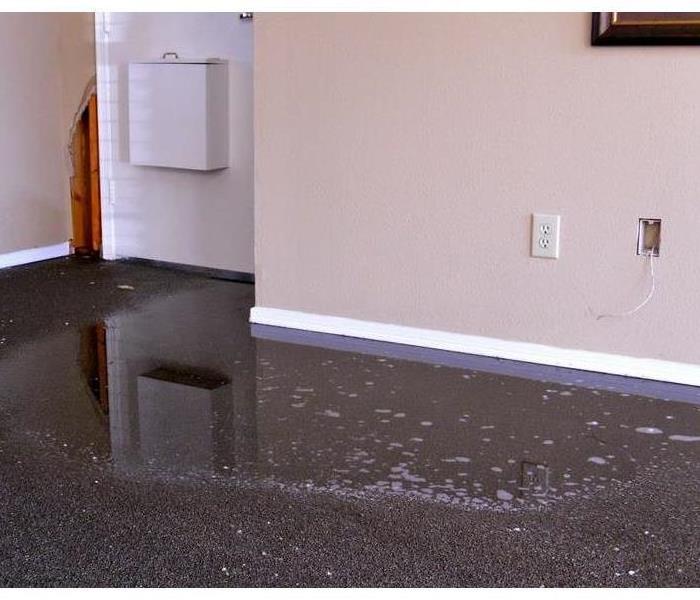Reasons for Water Damage from Washing Machines
1/20/2023 (Permalink)
 Washing machines are convenient household appliances, but they can also be a source of water damage if they are not properly maintained.
Washing machines are convenient household appliances, but they can also be a source of water damage if they are not properly maintained.
Washing machines are convenient household appliances, but they can also be a source of water damage if they are not properly maintained or if they malfunction. Leaks, overflowing, and other issues can cause water to seep into floors, walls, and other areas of the home, resulting in damage to the structure and belongings. It is important to be aware of the signs of washing machine water damage and to take steps to prevent or mitigate it, such as regularly inspecting and maintaining the machine, being alert for signs of leaks or other issues, and taking prompt action if water damage does occur. Here are some reasons your washing machine might cause water damage in your home.
Faulty Drain Hose
The main cause of washing machine water damage is the drain hose. This part connects to the bottom of your washer, and it's responsible for draining both water and waste from inside the machine. A faulty drain hose can be clogged or disconnected, which will prevent it from draining properly. It can also become damaged by rodents or insects that chew on it, or by other components within your washing machine (such as a broken pump).
Overloaded Washing Machine
Don’t overload your washing machine. If a load of laundry is too big, it can cause the unit to shake, spin out of balance and vibrate heavily during the cycle. This can cause damage to the bearings in your washer's tub and transmission shafts, as well as other vital parts that allow for the smooth operation of your device.
If you're using an electric model with a direct-drive motor (instead of belt drive), don't overload it with more than 8 pounds per cubic foot capacity—this means 3 cubic feet of space should be left empty so there's room for water flow inside your appliance when it spins around at high speeds while doing its job!
The best rule of thumb: always follow manufacturer recommendations on how much clothing capacity should be used before adding new items into each load.
Faulty Seal
There are several ways to check the seal of your washing machine. If you have a front-loading washer, remove the front panel by unscrewing it counterclockwise. If you have a top-loading washer, locate the screws underneath and remove them using an Allen wrench. Next, lift up on the top of your washing machine until you can see where it connects to your wall bracket; this is usually located at either end or in between depending on how tall or wide your model is.
Once you've found where your washer is attached to its base, look for any holes or gaps in its sealant around the outside edges: if there are any cracks or tears visible here then water can seep out of them during use and cause minor damage over time (if not fixed immediately). If these holes exist then call in a professional plumber immediately!
There is one thing that can make all the difference when dealing with a washing machine leak: hiring a professional. The longer you wait before hiring SERVPRO of Boston Downtown/Bay Back/South Boston, the more likely it will be that mold will grow and other areas will be damaged as well. By calling us right away, we are able to respond quickly—before any further problems occur—and begin working on restoring your home back to normalcy once again!






 24/7 Emergency Service
24/7 Emergency Service